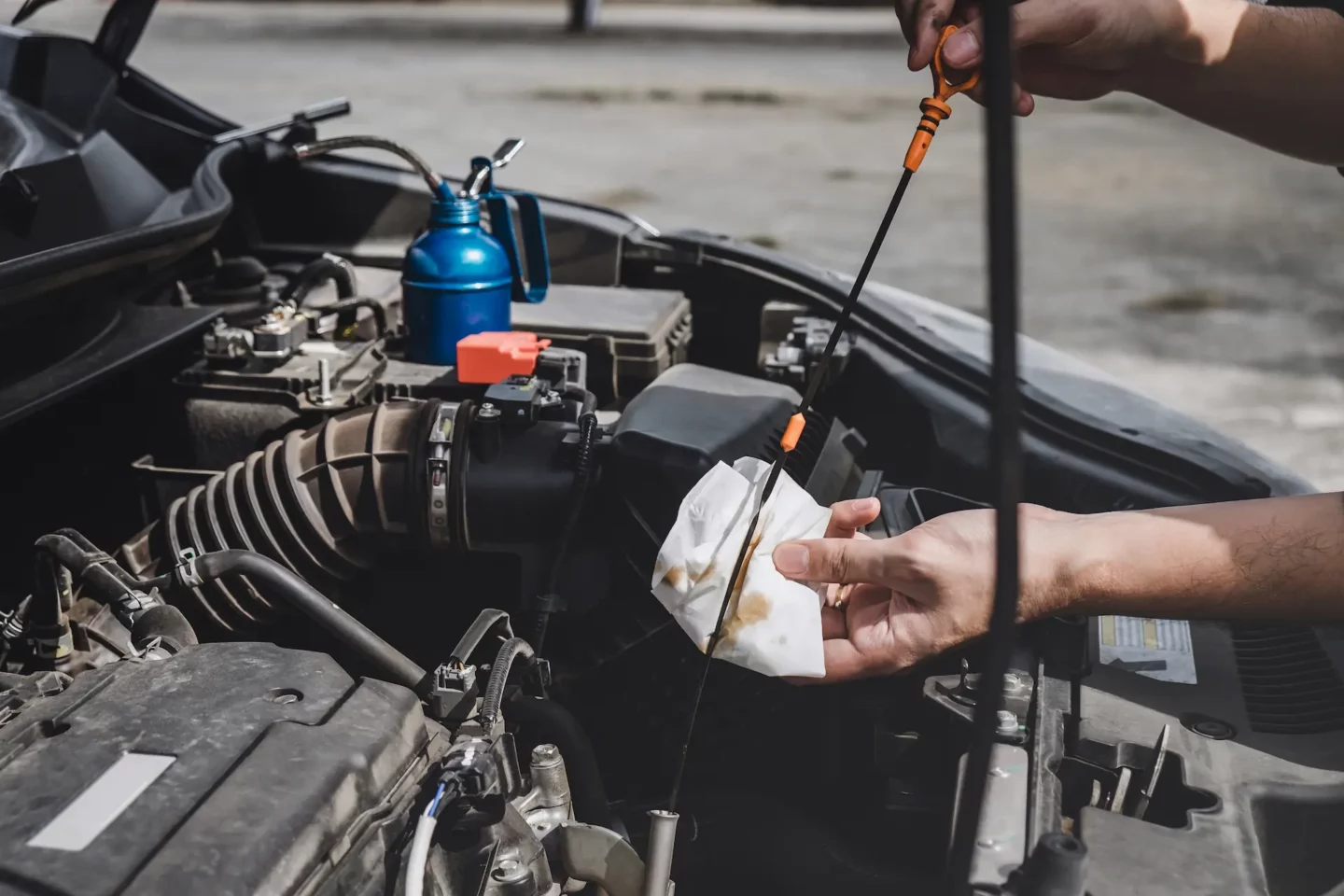Navigating the pre-owned market requires due-diligence to ensure you’re getting a reliable vehicle and a fair deal. To help you make an informed decision, we’ve compiled a list of 8 things to look out for when buying a used car. From unexplained gaps in service records to signs of incomplete or inconsistent maintenance, we’ll delve into warning signals and what they could mean for the car’s condition and your investment.
Incomplete or missing service history records
When buying a used car, the service history is like a medical record: it tells you about the car’s past health and can predict future issues. A full-service history should chronologically document every service and check-up the car has undergone. If large time gaps or entire service intervals are missing, it raises questions about how well the car was maintained during those periods. Regular maintenance is crucial for the longevity and performance of a vehicle and you should expect a car to be serviced every 2 years on average.
Inconsistent mileage records
Look for a logical progression in mileage from one service or MOT to the next. A decrease in mileage, or fluctuations that don’t make sense (like a sudden drop or unusually low mileage for the car’s age), can suggest tampering with the odometer, which is a serious legal and ethical issue. If you’re unsure whether the mileage seems genuine or not, follow our checklist to verify the mileage before buying.
This is an essential check before buying a used car as cars with higher mileage, tend to have higher wear and tear on various components of the car. They also tend to be of lower value than the exact same car with lower mileage. So to make sure you’re paying a fair price and have a clear understanding of potential future costs, it’s important to check and verify the mileage before buying a used car.
Frequent repairs for the same issues
If the service history shows the same repair repeatedly, especially for significant issues, this indicates a persistent problem that hasn’t been resolved effectively. This could point to deeper mechanical issues that could be costly and troublesome.
Major repairs at low mileage
Major component repairs or replacements (like transmission or engine work) at low mileage may suggest the car was driven harshly or suffered an accident or manufacturing defect. Cars usually need such significant work only after considerable mileage as vehicle components generally wear down through use.
Many cars parts have a lifespan that is largely dependent on usage. For example, brake pads, tires, and even major components like the clutch or transmission are designed to last for a certain number of miles. The more a car is driven, especially over longer distances or in demanding conditions (like frequent stop-and-start traffic), the more stress is placed on the engine and mechanical components. Lower mileage implies the car has experienced less of this stress and therefore you shouldn’t expect to see repairs of the engine or mechanical components on low mileage cars.
Lack of regular oil changes
Regular oil changes are critical for engine health. Oil lubricates, cools, and cleans the engine components, and failing to replace it at recommended intervals can lead to significant engine damage or failure. There should be regular servicing of the car with an oil change at least once a year or every 5,000 to 10,000 miles (depending on the manufacturer’s recommendation). Infrequent oil changes can lead to premature engine wear or damage.
Discrepancies in service locations
While it’s not unusual for a car to be serviced at different locations, frequent changes, especially across different regions or countries, could be an attempt to evade detection of recurring issues or hide odometer fraud. Investigating the car owner’s history and location can help in deciding whether they are normal or signs of concern.
No evidence of important milestone services
Certain services, like timing belt changes, are critical and usually needed at specific mileage intervals. Look at the service history to check if these have been completed. If the service history doesn’t show these milestone services, it can be a significant concern, as neglecting them can lead to severe mechanical failures.
Generic or Non-Branded Parts
The use of generic or non-branded parts for significant repairs can be a red flag. While not always a problem, it can sometimes indicate cost-cutting or the use of inferior parts, potentially affecting the car’s performance and safety. While some aftermarket parts can be of comparable or even superior quality to OEM (Original Equipment Manufacturer) parts, an above average use of low-quality components can affect the vehicle’s longevity and reliability.
In summary, identifying red flags such as inconsistent service locations, unexplained gaps, or frequent major repairs can save you from future headaches and financial strains. If you’re seeking a straightforward and secure buying experience, opting for a reputable dealer like Greenland Cars can make all the difference. We ensure that all of our used cars are thoroughly vetted, and any potential red flags are addressed before a car makes it to our lot, providing you with peace of mind and a reliable vehicle. A little research now can lead to a lot of satisfaction down the road.
